-
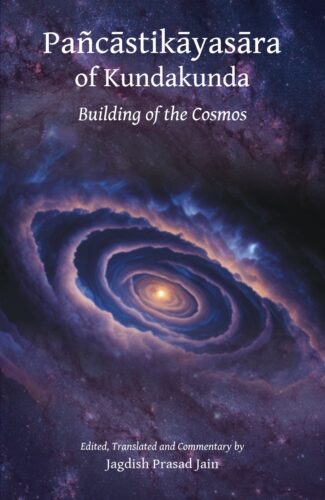
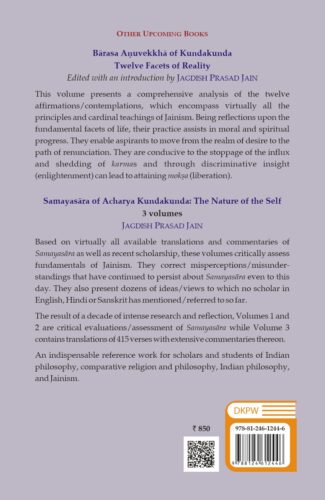
Pancastikayasara of ...
Pancastikayasara of Kundakunda
Building of the Cosmos by: Jagdish Prasad Jain₹765.00
ISBN: 9788124612446
Year Of Publication: 2024
Edition: 1st
Pages : vii, 237
Bibliographic Details : Bibliography; Index
Language : English, Sankrit
Binding : Hardcover
Publisher: D.K. Printworld Pvt. Ltd.
Size: 23
Weight: 472
This volume on Pancastikayasara deals with major concepts of Jaina metaphysics and ethics. It examines with the essential nature of panca (five), astikaya (entities) – jiva (conscious being), non-conscious entity (ajiva), including pudgala (matter), the principle of motion (dharma), the principle of rest (adharma) and space (akasa), which are existent realities (asti). The book describes the nine principles (tattvas), the first two primary categories of jiva (soul) and ajiva (non-living entity) and the seven derivative categories of virtue (punya) and sin (papa), the inflow (asrava), the stoppage (samvara), shedding (nirjara), bondage (bandha) of karmas and liberation (moksa). It assesses the concept of the three jewels (ratnatraya), which together constitute the path of liberation. The book will be an indispensable reference work for scholars and students of Indian philosophy and religion, particularly Jainism.
Contents
Abbreviations
Introduction
Pañcāstikāyasāra
Text, Transliteration, Translation and Commentary
Benedictory Poetic Composition (Maṅgalācaraṇa)
BOOK ONE
Dravya (Substance)
Chapter One: Jīva (Self)
Chapter Two: Pudgala Dravya Astikāya
Chapter Three: Dharma and Adharma
Chapter Four: Ākāśa (Space)
BOOK TWO
Nine Padārthas or Tattvas
Chapter Five: Puṇya and Pāpa (Virtue/Merit and Vice)
Chapter Six: Āśrava (Stoppage) Padārtha
Chapter Seven: Saṁvara Padārtha
Chapter Eight: Nirjara (Shedding) Padārtha
Chapter Nine: Bandha (Bondage) Padārtha
Chapter Ten: Mokṣa (Liberation) Padārtha
Resume (Culikā)
Appendix: Distinguishing Features of the Pañcāstikāyasāra and Other Works of Kundakunda
Select
Bibliography
Index


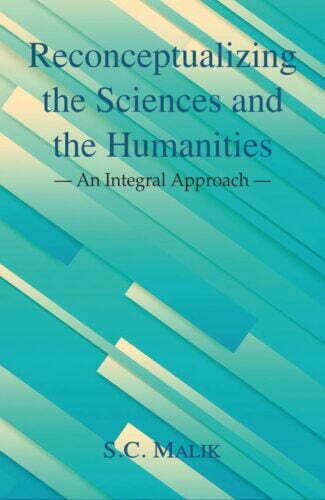
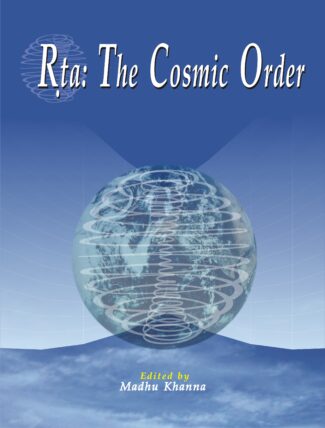

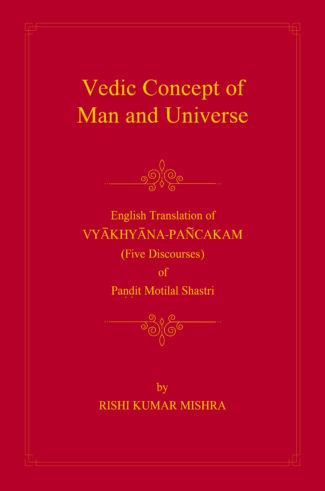
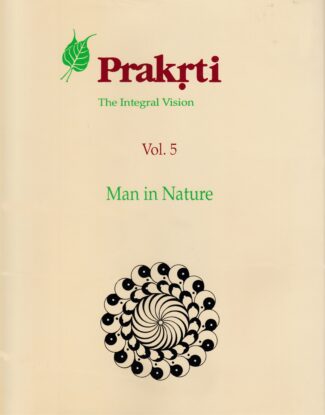
There are no reviews yet.